1) how Pariah thinks about sex
Like its characters, Pariah shies away from sexuality. The film prefers to frame Alike’s identity in terms of gender.
The film’s discomfort with sex is established in the opening sequence. Dee Rees makes the featured pole dancer look like a bird: multicolored, awkwardly positioned, and not quite voluptuous.
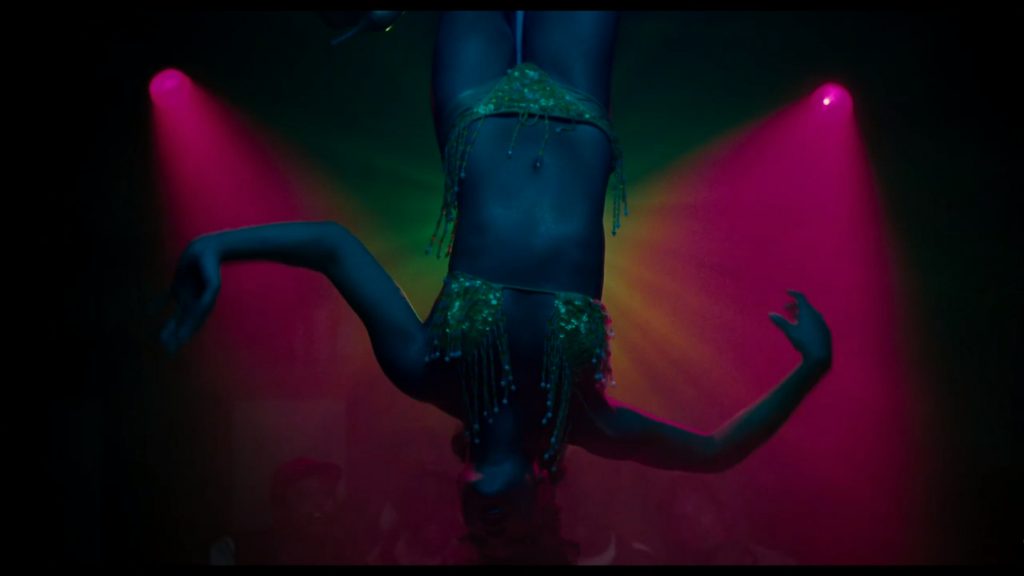
The actress’ curves are only shown out of focus, in the background of a shot. Her sexuality is thus de-emphasized.

When Alike changes clothes in a bathroom stall, the camera peeks through a crack. Yet it does not seek nudity. The camera only features Alike’s breasts until she starts to strip, and only in juxtaposition to a shirt that suggests bandages for chest binding. Though she is an object of voyeurism, these choices decenter Alike’s sex appeal while focusing on her relationship with gender.
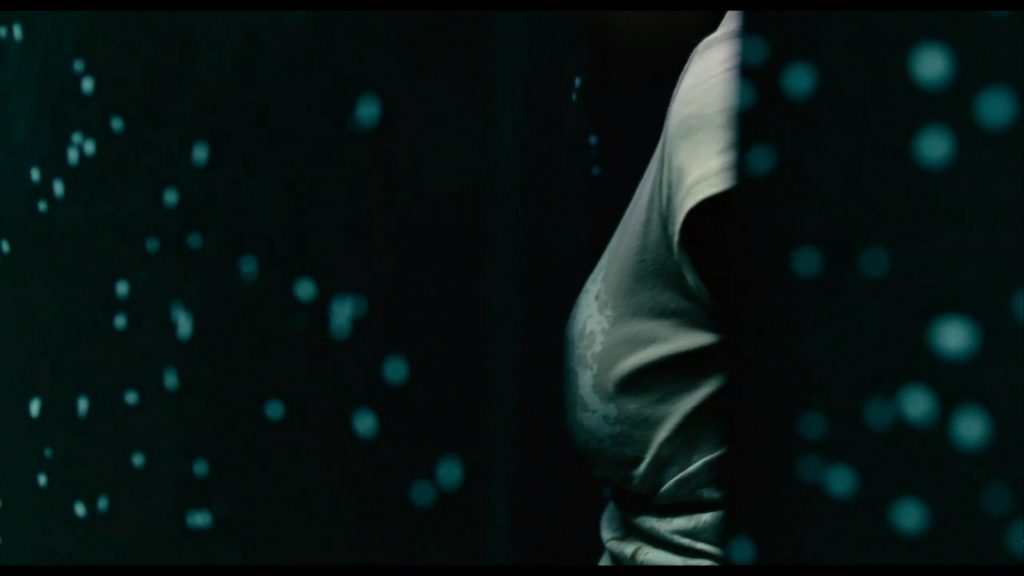
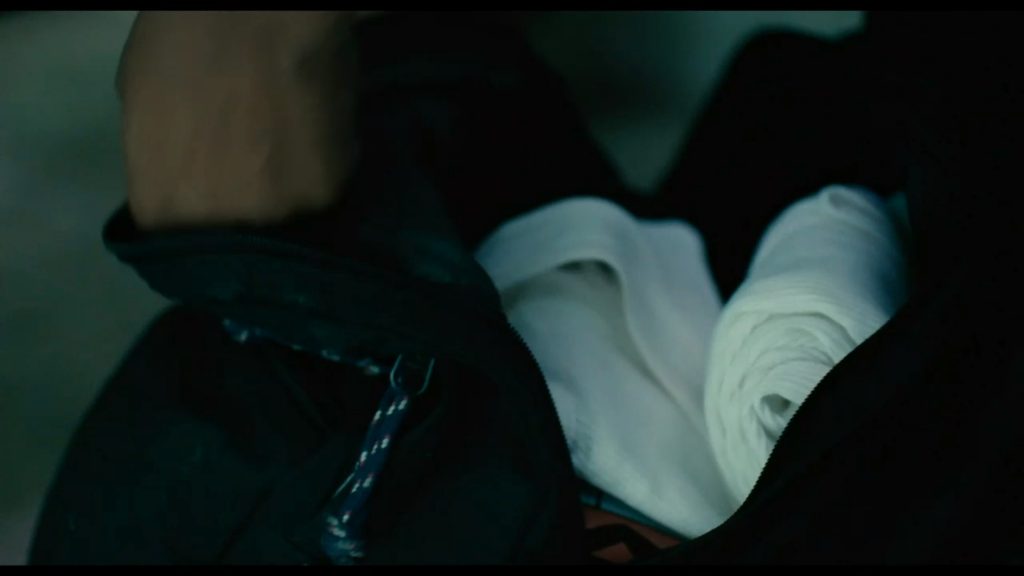
Pariah’s single, narratively obligatory sex scene is staged in an incredibly tasteful manner. At first, Alike’s body is used to block Bina’s wandering hand. When the film does cut to Bina’s hand, the shot’s darkness hides the action. The rest of the scene is shot in close-up and ends before the girls really get going. Bina’s shoulder, in collaboration with darkness, obscures a brief round of kissing.
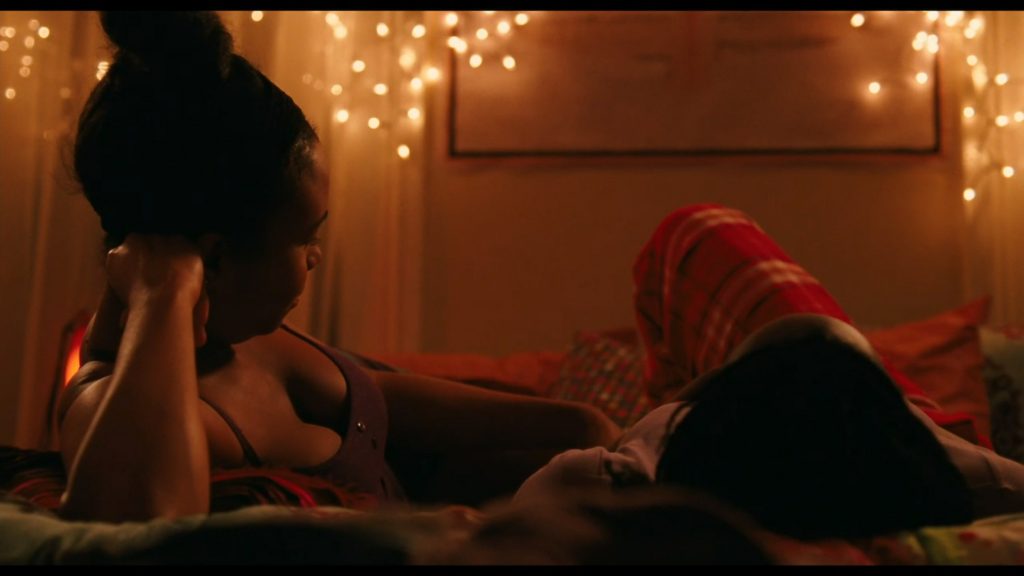

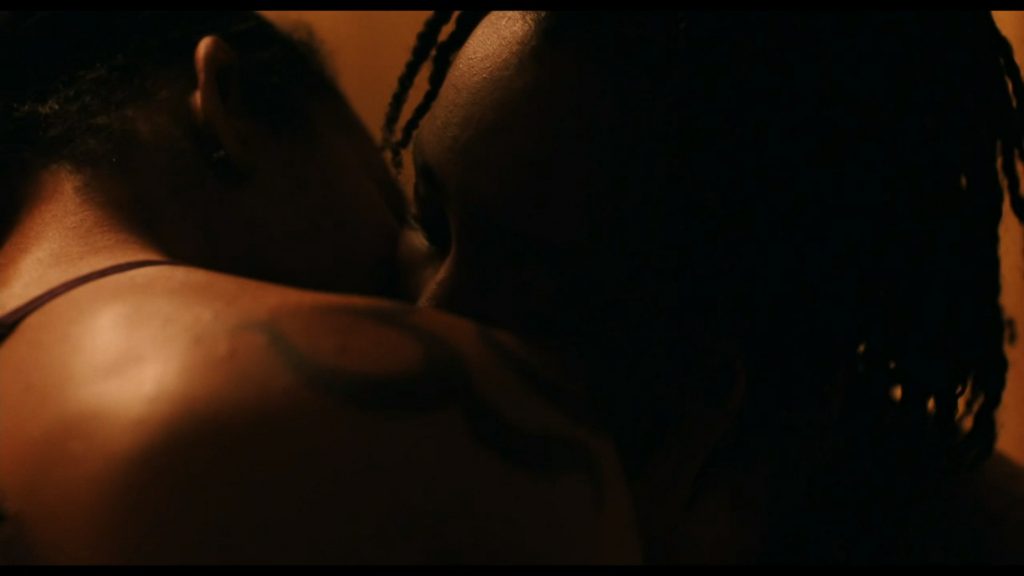
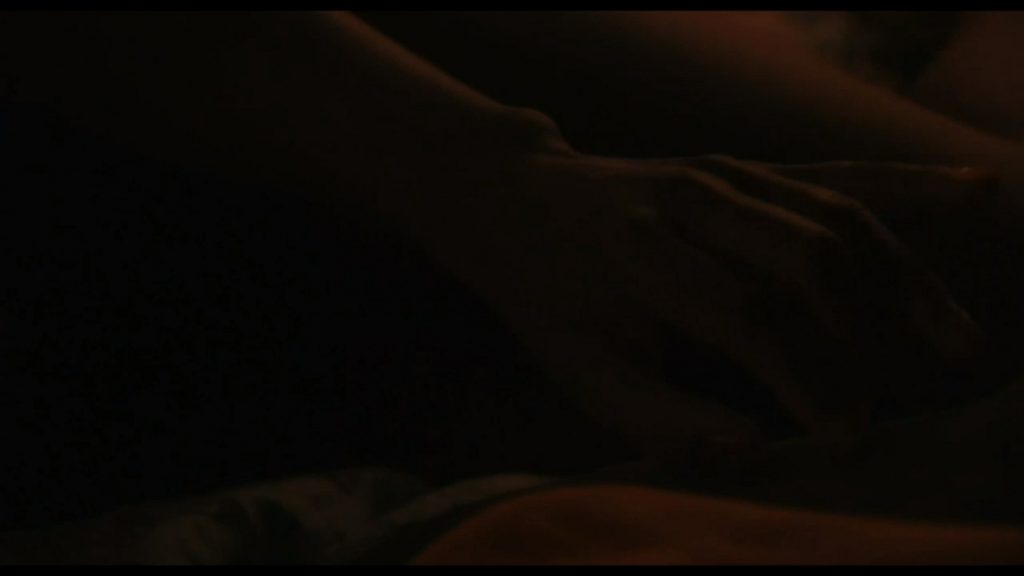
2) the implications of anti-sex thought
Audrey and Arthur prefer to frame their daughter’s performance in terms of gender rather than sexuality. As their conversations about Alike’s behavior escalate, Audrey goes from telling Arthur that their daughter is “a tomboy”, to “a damn man”, to a “nasty ass dyke”. Audrey’s increasing anger as she relates these assessments to her husband demonstrates her perception of the wrongness of each identity. A tomboy is definitively a girl, who affects some aspects of masculinity. The term implies an approaching end to masculine performance as the girl leaves childhood. As a result, “man” is a more powerful label. It implies a gender presentation that is fully developed and permanent. It is also completely divorced from womanhood. As a result, it makes sense that Audrey calls Alike a “tomboy” first, then a “man” when she is more upset, when the family’s situation feels more grim. Yet Audrey saves the worst label for last.
In the final and most emotional conversation between Audrey and Arthur about Alike- who, this time, is present- Audrey calls her daughter a “nasty ass dyke”. The term “nasty” has been previously used in the film to associate sexuality with discomfort. This occurs when Alike and her sister criticize the physically and visually uncomfortable strap-on. The film also associates discomfort and sex by decentering the sex during sexual events. This “nasty” callback sheds light on why “dyke” is a harsher insult than “man” and “tomboy”, and thus appropriate for the couple’s climatic discussion. “Dyke” invokes sexuality. One might assume that a dyke, with an identity that acknowledges womanhood, would be more accepted than a female “man”. However, a dyke’s identity stems from her sexual relationships with other women. As a result of this sexuality, dykes discomfort Audrey.
By constructing an awkwardness around sex, the film is able to call attention to Audrey’s logic. It is a logic that governs Alike’s narrative. The association of sex and discomfort distances Alike from her mother, as well as from Bina, Laura and her own potential lesbian identity.
